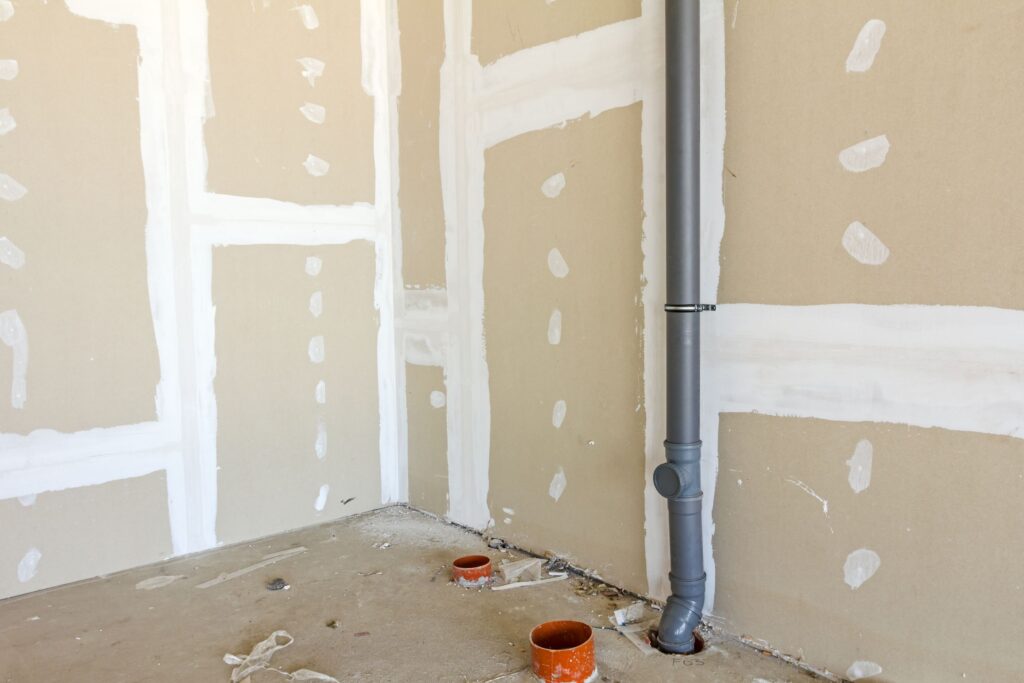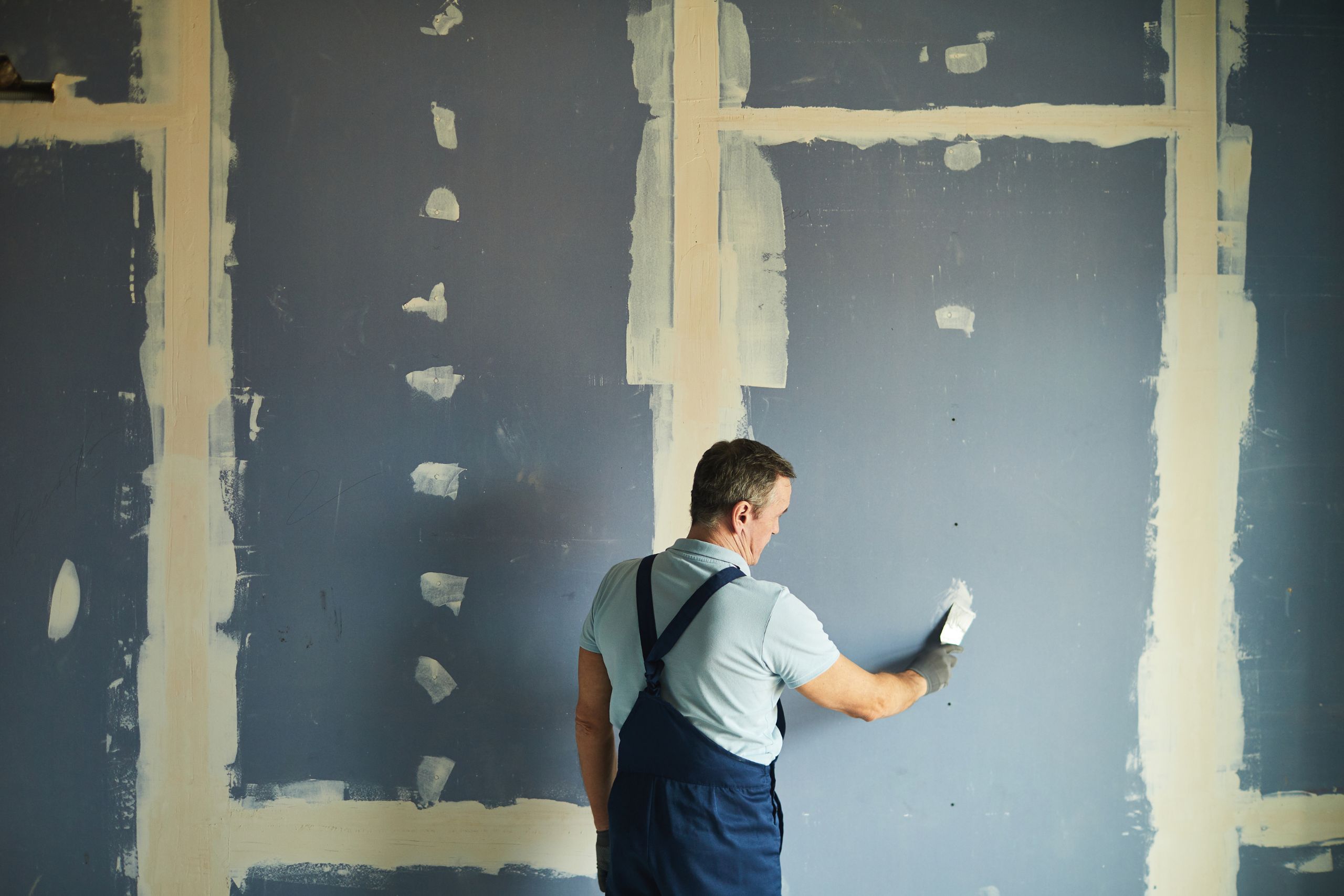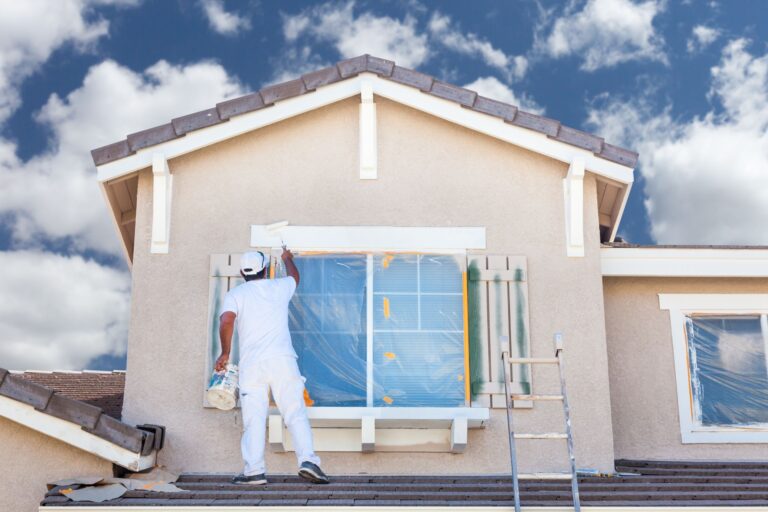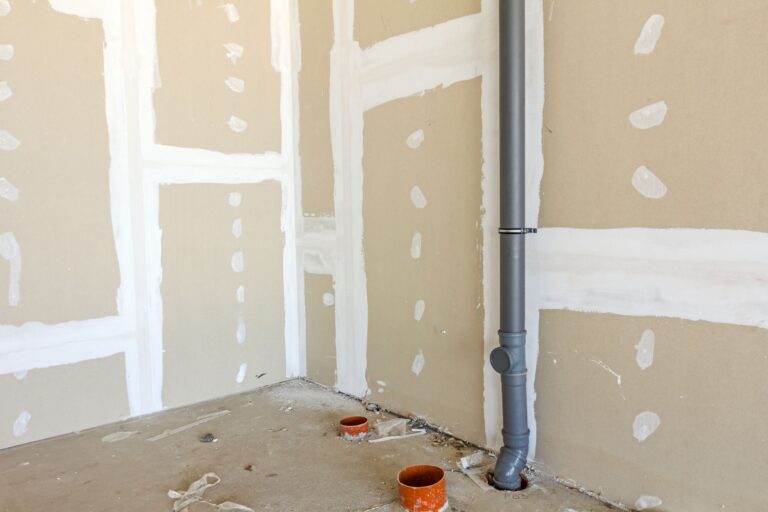
Not all threats to your home announce themselves with a bang. Some creep in quietly—through the basement, behind the walls, or under the kitchen sink. Moisture is one of those threats. It doesn’t need a storm or flood to do damage. Even everyday condensation, unnoticed leaks, or poor ventilation can slowly eat away at your home’s integrity. What starts as a few water spots can become mold infestations, warped wood, or expensive structural problems if ignored.
At Hickory Hollow, we understand that real home care isn’t always about what you can see—it’s about what you don’t. Controlling moisture is one of the most underrated yet essential aspects of property maintenance. It protects everything from your drywall and insulation to your air quality and long-term home value. Whether you’re living in a dry climate or a damp one, every home faces water-related risks. The goal isn’t to fear moisture. It’s to manage it—and this guide will show you how.
Understanding Where Moisture Comes From (And Why It Matters)
When most people think of water damage, they picture extreme weather—like floods or hurricanes. But the more common culprits are far less dramatic. It’s the small, persistent drips under sinks, the slow leaks behind appliances, and the everyday steam from showers or cooking that can lead to gradual destruction. Moisture sneaks in through foundation cracks, clogged gutters, faulty roofing, and even rising humidity in the summer months.
Knowing how moisture enters your home helps you prevent it before it has a chance to settle. Water intrusion can be external, like rain seeping through a poorly sealed window, or internal, like a malfunctioning appliance hose. Once it gets in, the consequences range from surface stains to structural damage. Moisture feeds mold, weakens materials, and invites pests. More importantly, it affects your family’s health by reducing indoor air quality and triggering respiratory issues.
Being proactive isn’t about paranoia—it’s about preservation. If you understand the source, you can develop smarter strategies for prevention and control, rather than constantly reacting to damage.
The Role of Ventilation in Home Moisture Control
It’s easy to overlook airflow when thinking about home repairs, but ventilation plays a major role in how well your home manages moisture. Poor airflow traps humidity inside rooms, especially in areas like bathrooms, laundry rooms, kitchens, and basements. Over time, that trapped humidity condenses on cooler surfaces—like tile, mirrors, and drywall—leading to damp patches, mildew, and even black mold.
A properly ventilated home keeps moisture moving instead of allowing it to settle. That means installing and using exhaust fans in key areas, keeping attic spaces well-vented, and occasionally airing out rooms that tend to get stuffy. In some homes, especially older builds, retrofitting ventilation systems or adding ceiling fans can make a significant difference in reducing hidden moisture levels.
Ventilation isn’t just about comfort—it’s a structural safeguard. It helps protect walls, paint, fixtures, and flooring from slow deterioration. And when done right, it also improves energy efficiency and indoor air quality, making your home healthier and more resilient.
Leaks, Condensation, and the Art of Early Detection
Catching a leak when the ceiling collapses is too late. The key to avoiding serious damage lies in spotting issues before they escalate. Not all water damage begins with dramatic bursts. Many start with tiny signs—a musty odor, bubbling paint, or a soft spot beneath your feet. These early indicators are often ignored, especially when life gets busy.
Regular inspections go a long way in preventing moisture-related disasters. Check under sinks, around appliances, inside closets near plumbing lines, and behind toilets. Don’t forget to inspect ceilings and baseboards after heavy rain or snowmelt. Water leaves a trail—you just have to know where to look.
Condensation is another silent warning. If you notice constant window fog or dampness on walls during certain seasons, that’s not normal. It suggests poor insulation or excess humidity. These aren’t cosmetic problems. They’re early-stage signs of bigger structural issues. Spotting and responding early allows for affordable solutions instead of costly overhauls down the line.
Tools and Techniques to Keep Moisture Under Control
Fighting moisture doesn’t mean turning your home into a science lab. It just means being thoughtful with the tools and strategies you already have—or may need to invest in. A dehumidifier in the basement, weather stripping around doors, or a moisture barrier under crawlspaces can make a world of difference. These are small interventions with long-term impact.
Some tools are as simple as using moisture meters to check suspect areas, while others—like sump pumps or French drains—might require more planning. What matters most is that your approach fits the conditions of your home. A house in a rainy region will need different strategies than one in a high-humidity climate. Tailoring your moisture control techniques to your geography and building type gives you the best shot at lasting protection.
Maintenance is never glamorous, but it’s the quiet work that keeps your home safe. In the world of property upkeep, the best victories are the ones you never notice—because the disaster never happened.

Conclusion
Moisture may seem harmless when it’s just a few droplets or a tiny stain, but its power lies in its patience. It waits, seeps, expands, and spreads—often quietly, until the damage becomes undeniable. By the time most homeowners react, the repair costs are high and the headaches even higher. But you don’t have to wait for disaster. You can prevent it. At Hickory Hollow, we believe home maintenance isn’t just about fixing what’s broken—it’s about protecting what works. Moisture control is one of the most crucial and overlooked aspects of that mission. From checking for leaks to improving ventilation and using the right tools, you have more control than you think. And when you stay one step ahead of moisture, you stay one step ahead of rot, mold, decay, and unnecessary stress. So don’t wait for puddles to form. Start your protection plan now—and keep your home dry, strong, and safe for the long haul.




